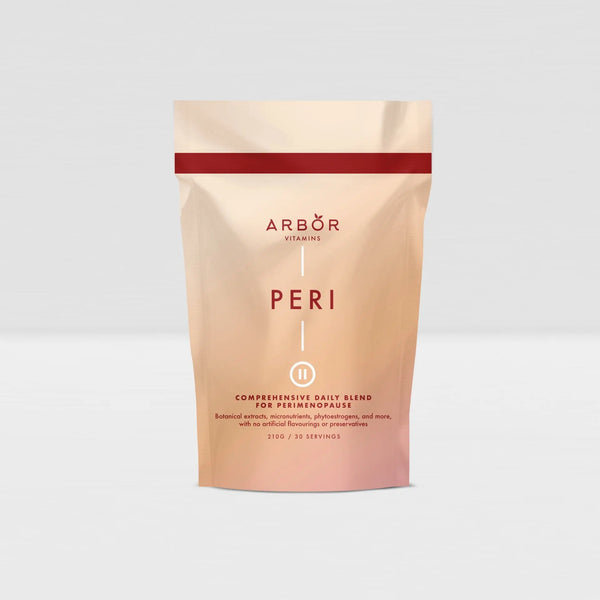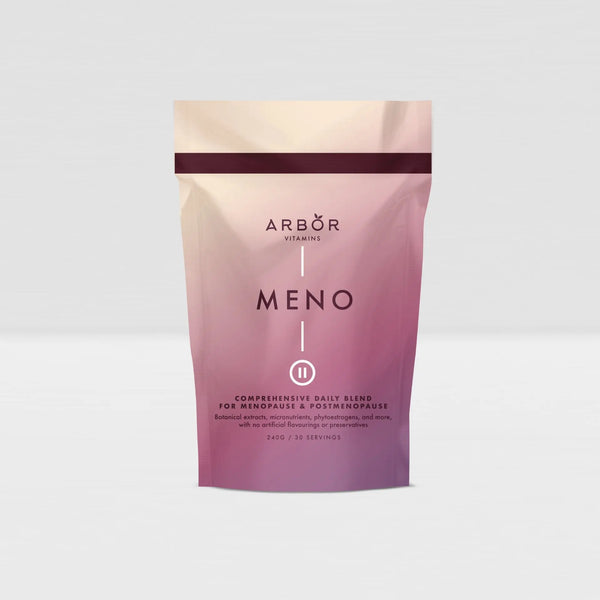Edible Wild Plants
Foraging, the art of gathering wild food from natural environments, is experiencing a resurgence in the UK. Whether you're passionate about sustainability, local food sources, or simply exploring the outdoors, foraging offers a deeper connection with nature. But foraging isn't without its challenges; it requires a keen understanding of both the plants you’re collecting and the environment you’re in. This post delves into ten incredible edible wild plants in the UK that not only provide nutrition but also offer insights into broader ecological relationships.
1. Nettles (Urtica dioica)
Nettles may seem like an annoyance due to their sting, but they have been a dietary staple in Britain for centuries. Rich in vitamins A and C, iron, and potassium, they provide an impressive nutritional punch. Nettles are often an indicator of fertile soil, thriving in areas with high nitrogen content. Harvest the young, tender leaves in spring for delicious soups or teas. Add nettles to your diet to boost your health, and if you’re looking for additional immune support, consider adding MYCO Morning to your routine, packed with medicinal mushrooms that promote overall well-being.
2. Wild Garlic (Allium ursinum)
Also known as ramsons, wild garlic grows in damp woodlands and boasts a potent garlic flavour. It's not just delicious—it provides vital nectar to pollinators in early spring, making it an integral part of the woodland ecosystem.Our MYCO Night blend helps support relaxation and recovery after a day spent exploring the great outdoors.
3. Dandelion (Taraxacum officinale)
Often dismissed as a weed, the dandelion is a true foraging gem. Every part of this plant is edible, from the young leaves in salads to the roasted roots, which make a great coffee substitute. These plants thrive in disturbed soil, such as lawns and roadsides, reflecting their resilience. As you forage for dandelions, remember that supporting your digestive health is key—add MYCO Morning to your daily routine to support gut health with natural mushroom blends.
4. Sorrel (Rumex acetosa)
With its tangy, lemony flavor, sorrel has been used for centuries to add zest to dishes. Found in meadows, it’s high in oxalic acid, so it should be eaten in moderation. Sorrel’s sharp taste also enhances salads, soups, and sauces. To ensure overall health while foraging, consider incorporating MYCO Night into your evening regimen for its adaptogenic properties that support a balanced body and mind.
5. Blackberries (Rubus fruticosus)
 A quintessential foraging favorite, wild blackberries are plentiful in hedgerows and woodlands. These delicious berries can be used in jams, pies, or enjoyed fresh from the bush. They're rich in antioxidants, making them a nutritious addition to any diet. Pair your blackberry harvest with MYCO Morning to help maintain steady energy levels throughout the day.
A quintessential foraging favorite, wild blackberries are plentiful in hedgerows and woodlands. These delicious berries can be used in jams, pies, or enjoyed fresh from the bush. They're rich in antioxidants, making them a nutritious addition to any diet. Pair your blackberry harvest with MYCO Morning to help maintain steady energy levels throughout the day.
6. Elderberry (Sambucus nigra)

Elderberries, known for their immune-boosting properties, ripen in late summer and early autumn. The flowers are used to make refreshing drinks, while the berries can be transformed into syrup, wine, or jam. Elderberries’ rich antioxidant content pairs perfectly with the immune-supporting benefits of MYCO Night, which helps the body repair overnight.
7. Sloe (Prunus spinosa)

These dark purple berries, harvested from the blackthorn bush, are best known for making sloe gin, but they’re also edible when prepared correctly. Though bitter raw, sloes can be made into wines and syrups that are not only tasty but also beneficial. After a long day of foraging, use MYCO Morning to support energy levels and stamina for your next adventure.
8. Hazelnuts (Corylus avellana)

Hazelnuts, found in woodlands and hedgerows, are a great foraged nut. They’re packed with essential fats, vitamins, and minerals, making them a healthy snack. The rich nutritional profile of wild hazelnuts complements the benefits of MYCO Night, which aids in recovery and enhances overall wellness after a day of foraging.
9. Rosehips (Rosa spp.)

Rosehips, the fruit of the wild rose, are packed with vitamin C, making them a perfect ingredient for syrups, teas, and jellies. These vibrant red fruits are abundant in hedgerows and woodlands. If you’re looking for additional health support, pair them with MYCO Morning to keep your immune system strong and your energy levels high.
10. Crab Apples (Malus sylvestris)

The wild ancestors of cultivated apples, crab apples are smaller and tarter but perfect for making jams, jellies, or cider. These fruits can be found in woodlands and hedgerows. To support your foraging adventures, MYCO Night helps balance your body’s systems, ensuring restful sleep after a day spent collecting nature’s bounty.
Ecology Meets Gastronomy: Foraging Responsibly
Edible wild plants are not just a source of nutrition—they provide valuable insights into the health of the ecosystem. By understanding the ecology behind these plants, we can appreciate their role in the environment and practice ethical foraging. Always ensure you have correctly identified any plant before consumption, as many have poisonous lookalikes. Sustainable foraging practices are key to ensuring these resources remain abundant for future generations.
Foraging isn’t just about food; it’s about connecting to the natural world and understanding its rhythms. Whether you’re a seasoned forager or new to the practice, consider incorporating beneficial supplements like MYCO Morning and MYCO Night to support your health and well-being on your foraging journeys.
















